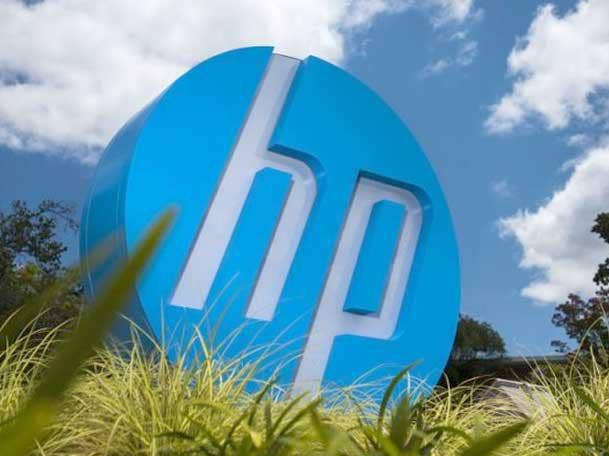HP To Cut Staff By Up To 16% By 2022 In Restructuring
The PC and print giant is reducing its headcount by between 7,000 and 9,000 employees as part of a newly announced plan.

HP Inc. on Thursday announced a new restructuring plan that will include job reductions for up to 16 percent of the company's employees by 2022.
The Palo Alto, Calif.-based PC and print giant said it will reduce its total headcount by approximately 7,000 to 9,000 between now and the end of its fiscal year 2022, which runs through the end of October 2022. The reductions will include both layoffs and voluntary early retirements, and are part of a move to bring greater focus to key growth opportunities, the company said.
[Related: Enrique Lores: Channel To Remain 'Critical' Amid HP CEO Transition]
HP's current total headcount is in the range of 55,000, said CFO Steve Fieler.
The company estimates it will see $1 billion in annualized gross run rate savings by the end of fiscal 2022 as a result of the restructuring. Related costs to HP are estimated to reach $1 billion, including both labor and non-labor costs, by the end of that period, the company said.
Fiscal Q4 of 2019 will see $100 million in costs related to the restructuring, while fiscal 2020 will see $500 million in related costs and the remaining costs will come in fiscal 2021 and 2022, HP said.
The staff reductions come as HP is looking to invest more into growth areas such as A3 printers, premium PCs, contractual services and 3-D printing—while also facing a downturn in revenue from print supplies.
A major focus going forward at HP is on building "new digital capabilities in software, data and insights" to improve the way HP does business, said incoming HP CEO Enrique Lores in a call with reporters and analysts on Thursday.
With the restructuring, HP is looking to “create capacity to be able to reinvest in these new capabilities, and also to mitigate some of the business headwinds," Lores said.
"As you can imagine, this is one of the toughest decision any company makes. But it's absolutely necessary for HP's future," said Lores, HP's current printing business president, who will be taking over as CEO on Nov. 1 when current CEO Dion Weisler steps down. "We will be really putting the company, from a cost perspective, in the right position."
The restructuring will center on simplifying HP's operating model while also "digitally enabling" the company, Fieler said during the call Thursday.
"The result of that is changing processes and really working on the back-end infrastructure of the company," he said. "We're going to preserve and in fact create capacity to invest more in innovation, as well as the feet on the street from a sales force perspective."
Lores said that "what we see an opportunity to simplify is really mostly in the back-end operations," rather than in partner-facing or customer-facing roles.
"We are preserving our capacity to innovate. And we are preserving our presence in the field, our sales force," Lores said. "Because these are areas that will be bringing growth, and that will help us to continue to perform in the market."
Ultimately, the moves will allow HP "to get closer both to customers and partners," Lores said.
"What partners will see is a more cohesive go-to-market model and more cohesive channel programs around the globe. They will see us improving our tools," Lores said. "So actually as we will become more efficient, our channel partners also should see that they can work more efficiently with us."
As reported by CRN in August, HP plans to launch a new global organizational structure on Nov. 1, while also beginning the rollout of enhanced tools for channel partners.
HP’s new commercial organization will see the company shifting from a three-region organizational structure to a set of 10 geographic markets. For the new North America segment that will include the U.S. and Canada, HP is promoting Americas channel chief Stephanie Dismore to serve as the managing director.
Lores previously told CRN that the new organizational structure had been in the works for some time now and was planned regardless of the decision by Weisler, who is stepping down as CEO due to a family health matter. "We are embarking on a multiyear transformation," Lores said in the previous interview.